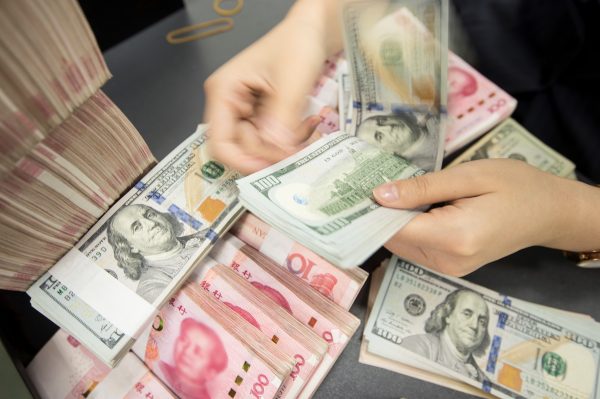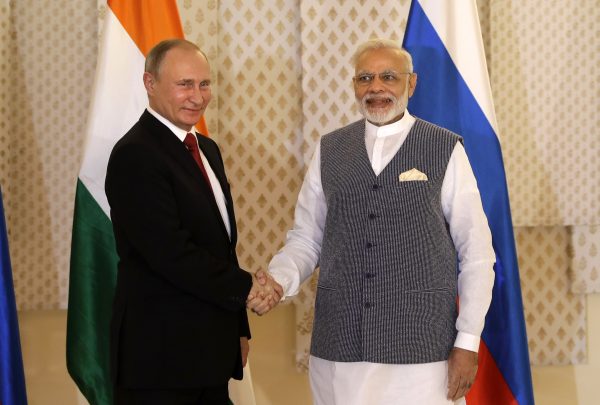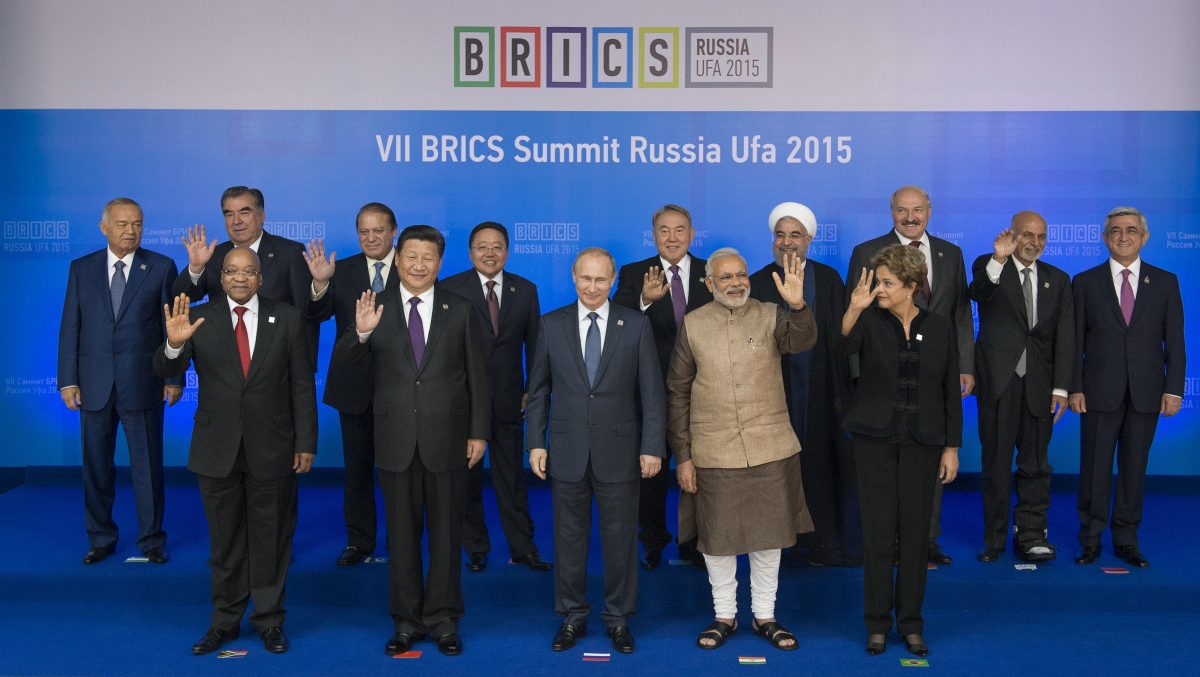Commentary
What is the impact on the global strategic balance of plans by the BRICS nations to create an economic framework or marketplace, possibly backed in the future by an independent currency regime?
The BRICS bloc—Brazil, Russia, India, China (PRC), and South Africa—was originally an acronym conceived by New York investors in 2001, but assumed a separate life through agreements between the governments of the “member” states after about 2006. The states were in many ways mutually incompatible as strategic partners, and yet in 2023 there was discussion about the creation of a new BRICS currency to enable the members to trade more fluidly with each other—and without the use of U.S. dollars.
The idea of a new BRICS currency was still remote, however, in 2023, but the cohesiveness of a trading bloc outside the U.S. dollar zone would also be embraced—partially or wholly—by a number of other states, anxious to be unfettered by U.S. threats of economic sanctions for failing to follow Washington’s diktat. BRICS, ironically, was conceived as a target list for U.S. foreign investment, but had, by 2023, emerged as a bloc that was hostile to varying degrees, and for different reasons, to the United States.
The unifying aspect of BRICS was the need of all member states for increased trade and investment, and the willingness of all to trade with Russia and the People’s Republic of China (PRC) in their currencies—rubles and yuan—as well as in the currencies of the other member states, but outside the political control of Washington. Significantly, it does not preclude the member states from dealing in U.S. dollar transactions, but begins the construction of a major economic zone that will not be dependent on the U.S. dollar.

This is not insignificant, given that all BRICS member states are members of the G20 framework: the top 20 economies globally, as measured by gross domestic product rankings. Together, they ostensibly have a combined 2022 GDP of around $26 billion (although the $17.96 trillion claimed for the PRC may be as much as double the real figure); compared with the U.S. 2022 GDP of $25.46 trillion. And the BRICS members have a combined population of some 3.24 billion—more than a third of the world’s total.
These would be meaningful statistics if BRICS represented an autonomous geopolitical zone, but it is not that. Yes, BRICS members can develop a viable marketplace by dealing in non-dollar currencies and through preferential barter and counter-trade, but they are not, with the exception of Russia for the moment, removed from trading with the West. So we are not seeing the kind of sharp divisions between the superpowers and the developing world we saw in the first Cold War. And BRICS, while it offers a layer of cooperation, does not provide security or economic guarantees to its members, not even to the extent offered by the Shanghai Cooperation Organization (SCO), of which three BRICS members are also members.
Potential long-term erosion of the global status of the U.S. dollar as a standby trading currency is clear, even though the United States and other dollar-linked currencies remain, for now, dominant. And the more the US uses its primary strategic weapon—economic sanctions—to punish smaller countries for trading with Russia or the PRC, the more likely it is that many will move to a bloc that does not attempt to dictate their policies.
It is possible that the BRICS architecture would not withstand massive pressures to make them cohesive strategic allies. They are too disparate in their politics and interests for that. Nonetheless, they have begun, over the past 15 or so years, to harmonize intra-bloc communications and policies in many areas, and this has already paved the way for greater trade and investment between the members, if usually on a bilateral basis.

The great Russian initiative, the International North-South Transport Corridor (INSTC), which ensures overland and riverine transportation from St. Petersburg in Russia’s north-west down to the Indian Ocean of Iran’s coastline, actually links Russian trade through the Indian Ocean to Mumbai, India. And the entire framework—minus India—helps Beijing consolidate its Belt & Road Initiative (BRI) trading bloc, helping to build new markets and resources for the PRC by replacing some of its trade and investment from the West, and particularly the United States.
The momentum being given to BRICS (including potential expansion of its membership) has been a driver in galvanizing the “new Cold War” structures, ensuring that in this Cold War the “East” (or the group outside of the Western bloc) is becoming economically intertwined with many “South” states in ways that simply were not possible during the First Cold War. For Russia, this is the construction of a strong global economic and power projection model. For the PRC, it staves off the collapse of a poorly-constructed BRI and possibly gives a degree of stimulus to the PRC economy, thus eking out some extra life or viability for the Communist Party of China (CCP).
Similarly, the BRICS framework may breathe some life back into the rapidly-collapsing South African economy, although the Government there seems intent on dismantling the viability of the economy, driving away investment, and curbing industrial and agricultural productivity.
What is significant about Brazil and South Africa is that they are essentially significant providers of resources to the BRICS states, and the BRICS framework has ensured that Brazil and South Africa have, in 2023, surged in their exports of grains, and particularly corn. This has been critical to the PRC, which was anxious to eliminate its existential dependency on the United States for food supplies, originally guaranteed by the 2020 trade agreement signed with former U.S. President Donald Trump.
Collapsing Western influence in Africa, the Middle East, and Latin America has hastened the transformation of the disparate BRICS bloc into something that has strategic viability. It has also weakened the importance of the United Nations as a cohesive global body which, despite eventually becoming less controllable by the U.S./West, at least gave credibility to the so-called rules-based world order, but BRICS members can be counted on to some degree to provide mutual support in international bodies critical to global trade.
The latest dynamism of BRICS, if nothing else, is part of the shift or transformation of the global architecture. The West looks out its windows and sees a familiar landscape, but this is deceptive.
Everything has changed, brick by brick.
Views expressed in this article are the opinions of the author and do not necessarily reflect the views of The Epoch Times.


















































